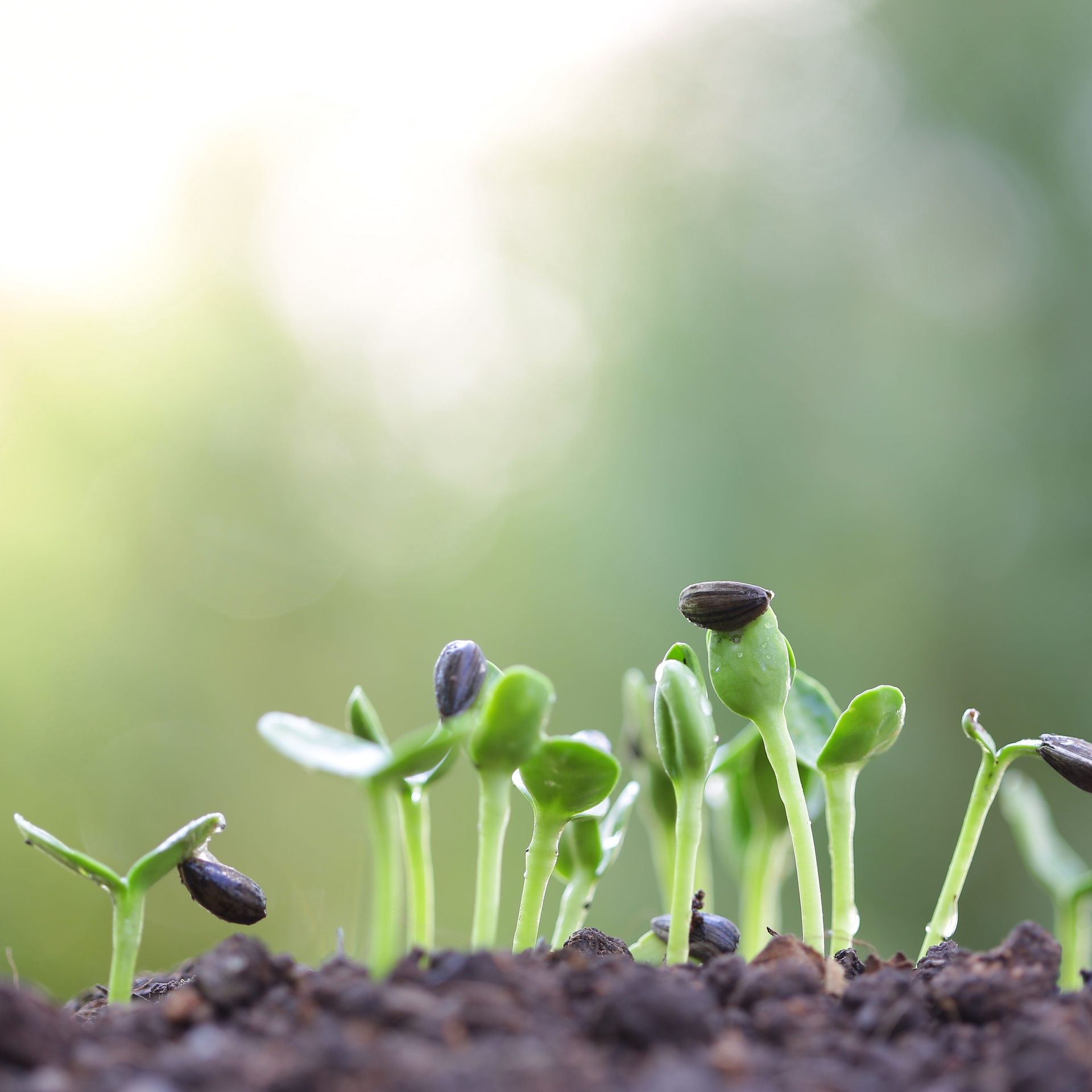Growing indoor greens is a fun and nutritious way to bring the freshest green plants into your life – especially during the colder months when great quality greens is of utmost importance.
To assist you in your quest for vibrant health – particularly at this time of year – here is a quick introduction to growing your own wheatgrass, sunflower seeds, pea greens, buckwheat greens and more.
What are indoor greens?
“Indoor greens” is the term typically used to describe wheatgrass, barley grass, spelt grass, kamut grass, sunflower greens, buckwheat “lettuce” and pea greens – all of which can be grown in your own home. They can be grown in trays or automatic sprouters, and can be grown in soil or hydroponically.
Why grow indoor greens?
Along with sprouts, indoor greens are second to none when it comes to adding fresh green foods to your daily diet, and what’s more, like sprouts, they’re super-cheap and easy to grow. As foods go, they get an A+ grade in every department, and as is clearly evident by their lusciously green appearance, they are exceedingly high in chlorophyll, which most people eat far too little of. From an aesthetic point of view they look stunning in your kitchen, especially when set amongst a counter top full of colourful fresh fruits.
What do I need to grow indoor greens?
You don’t need any fancy equipment to grow your own greens. If you choose to there are automatic sprouters and wheatgrass kits on the market, but to get started you only need some simple basic equipment. Start with a container to sprout in, something to drain the water through such as a piece of muslin or netting, a seedling tray or two from any good gardening or DIY store (with or without holes) and some good quality soil or compost, ideally organic. Good soil from your garden can be sufficient to start you off but it may not be the best quality. If that’s the case, you could add some kelp powder or a good mineral-rich food to feed the soil.
Getting started
Greens are really easy to grow. I recommend starting with sunflower greens and/or wheatgrass. If you prefer to start with just one type and would like to eat rather than drink the result, then go for sunflower greens; if you’d rather drink it start with wheatgrass, as the only way you can consume this is by juicing it. Pea greens are the next easiest, followed by buckwheat greens, or buckwheat lettuce as it is also known.
How can I use indoor greens?
Most indoor greens can be eaten as is, added to salads, rolled up into wraps or juiced with other vegetables. The human body is not capable of digesting grasses so wheatgrass (including spelt grass, kamut grass and barley grass) should only be juiced and not eaten. It is traditionally drunk straight on its own in small shots of 2-4 oz shots, but if you aren’t a fan of it as it comes, you can mix it with other vegetable juice to make it more palatable.
Learning to grow your own indoor greens opens opportunities to grow your very own truly live food that is bursting with flavour and nutrition. It’s cheap, easy and fun to do, the most nutritious food you can eat and you don’t need a garden to do it. What’s not to love?
Click here to read Part 2 >


